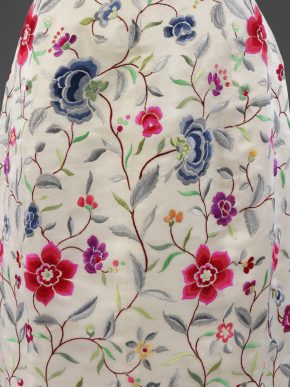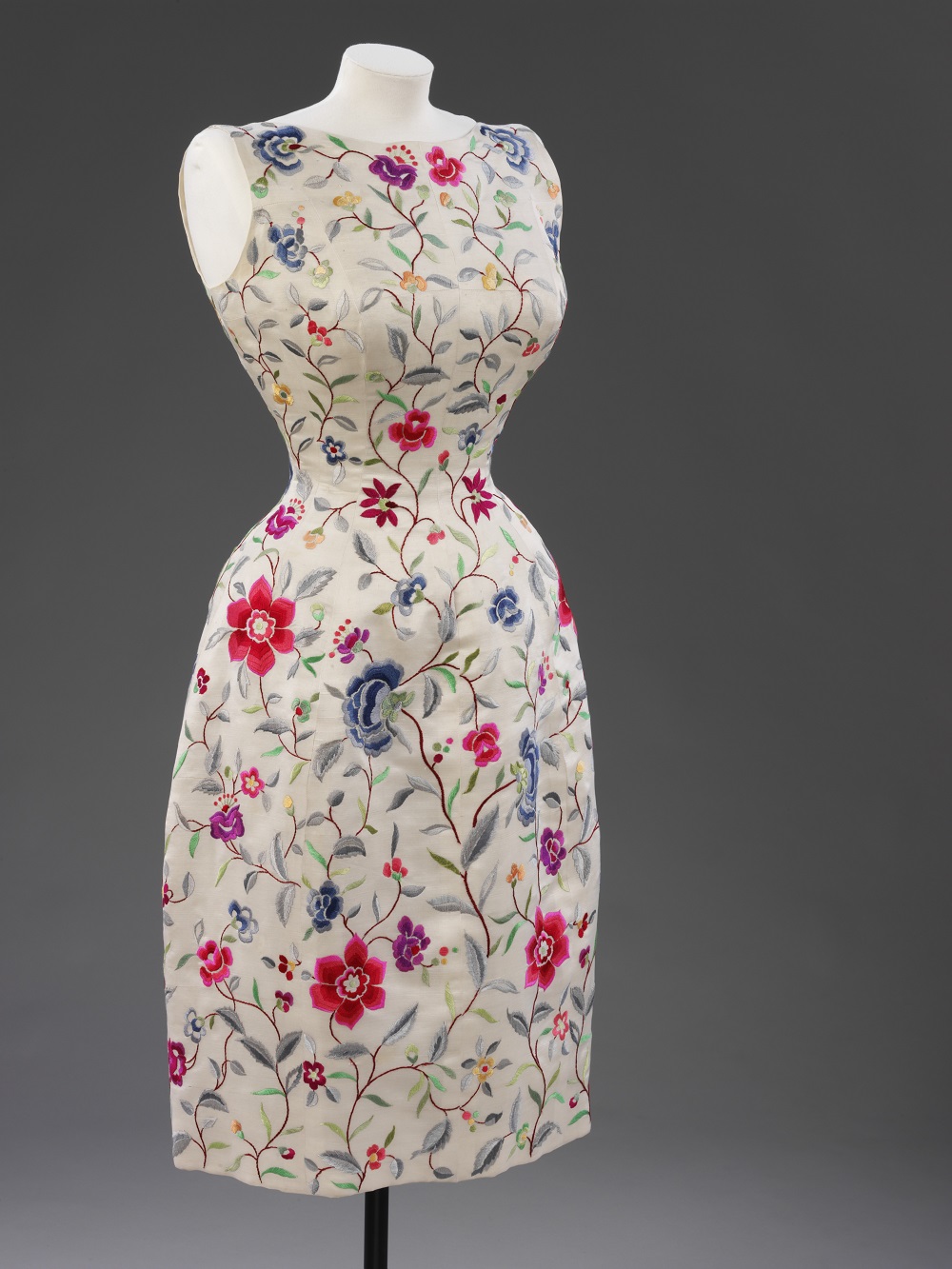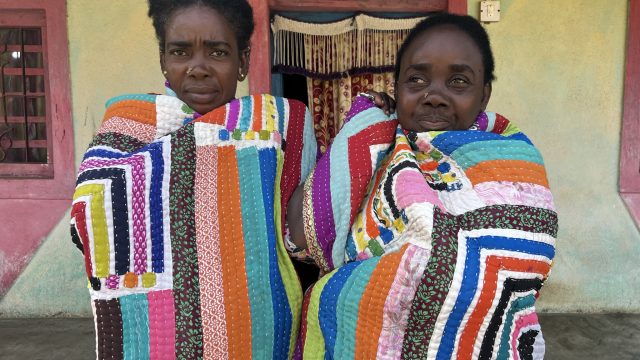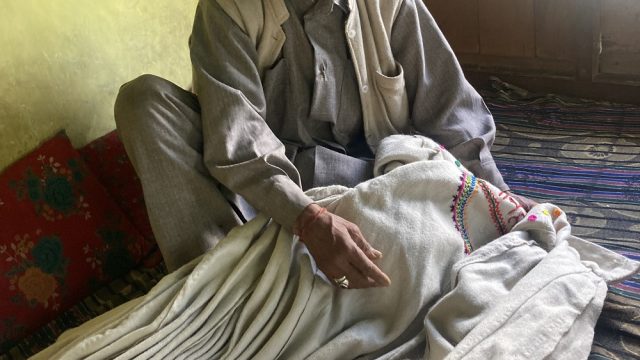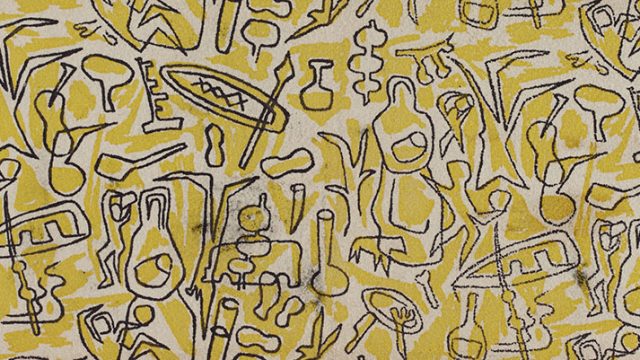While I was studying for my MA, I used to use research trips to London as an excuse to head to the V&A. In particular, since I obviously always ended up in the Fashion Gallery, I used to ‘visit’ a dress by Balenciaga. The Fashion Gallery case displays are rotated and changed every few years, in order for us to explore different themes and show as many pieces from our collection as we can. This gorgeous dress was included in the ‘Pursuit of Perfection’ case in the previous set of displays, which discussed couture, the craftsmanship and the cuts of clothes in the 1940s and 1950s. I think I went on to mention it in my first interview here, so it seems fitting for me to cross paths with the dress again.
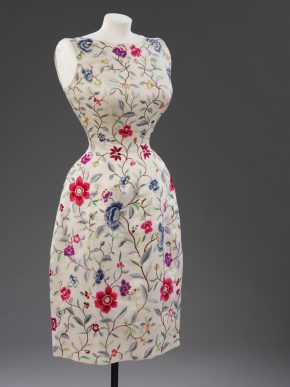
So, as that case and the pieces it will contain are currently being rejigged, I was very excited to finally get to handle and work with this dress in our stores (and that excitement seemed a suitably sentimental starting point for this blog…). Museums offer the opportunity to see and study objects you might not be able to come into contact with in any other context. As well as the educational benefits, I think people underestimate the pure pleasure seeing a piece you care about, or know about, can give. While I brought my own studies and interests to the table on these gallery visits, it was the way the embroidery glowed under the lights and how perfectly the mannequin showed the dress’s ridiculously nipped in waist that kept me coming back.
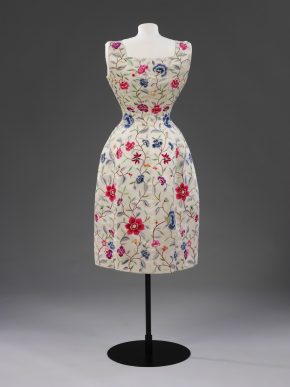
Packing the piece up for its journey to the Clothworkers’ Centre also gave me the opportunity to take a look at the techniques and trickery that went into it being displayed so brilliantly. The mannequin underneath revealed the handiwork of our textiles mounting team. The dress’s original wearer will have had her stomach pulled in by a girdle, or her waist nipped in and bust lifted by a corset. In order to create such a fantastic figure for display, though, our team had to build up the curves of mannequin. To do this, sections of wadding are sewn, by hand, onto the mannequin’s structure, before a new cover, to keep the line smooth and the piece on top protected, can be made and sewn over the top.
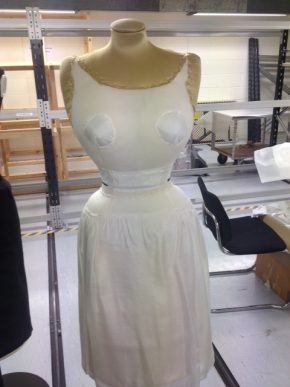
Lady Lambton, the dress’s original owner, was known for giving lavish parties and entertainments, and this was a dress to match such high – and fun – standards. It is great that it has continued to be admired, as well as studied, long after its dancing days were done. Long may this, and the appreciative display of objects which deserve to be seen, last. With that in mind, it seemed a good treasure trove discovery to start with – let’s try and keep up this level of luxury up…
